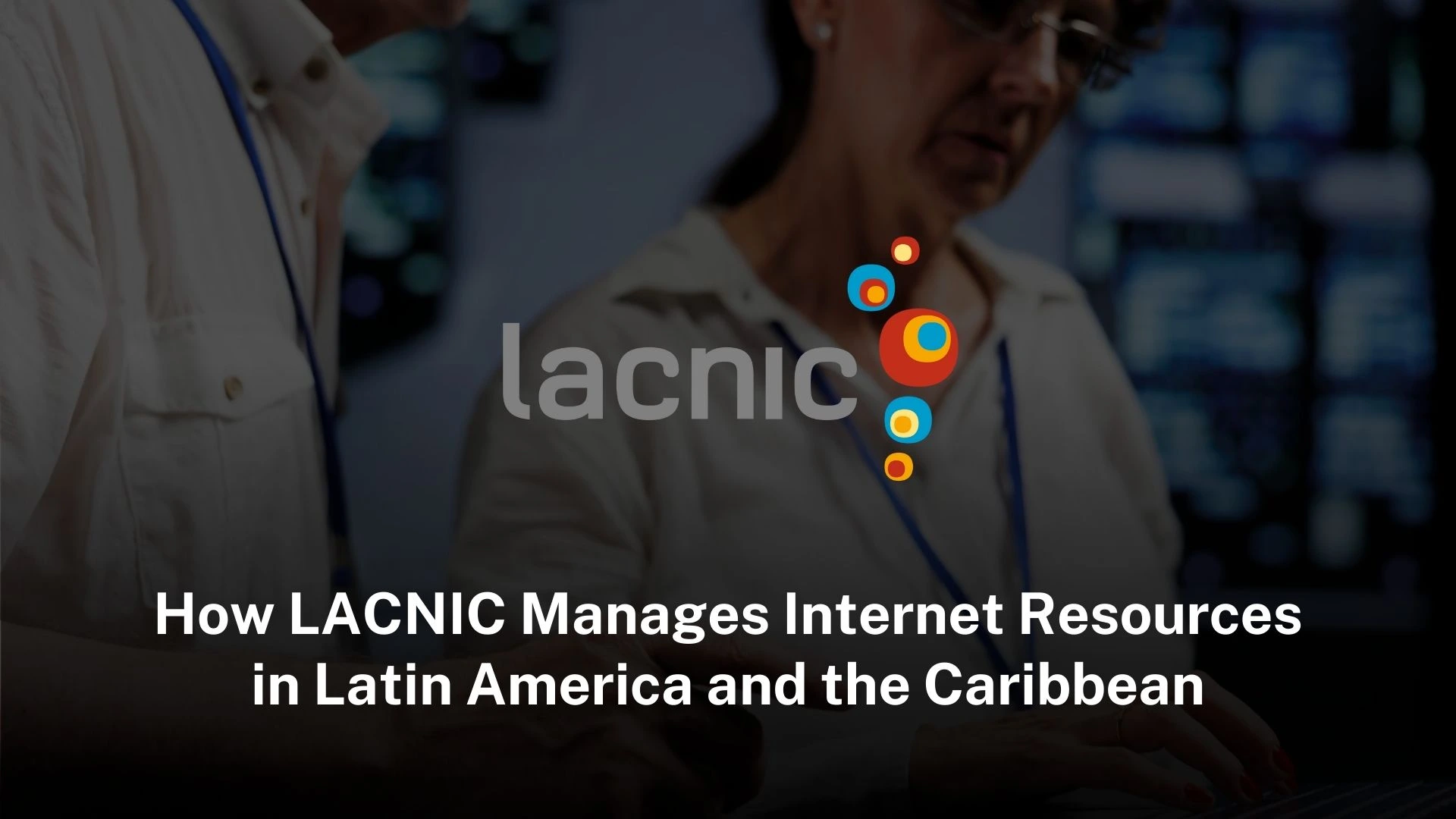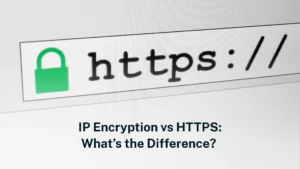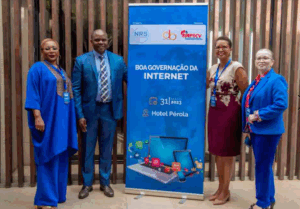What is LACNIC and why it matters
LACNIC is one of the five regional RIRs that manage internet number resources around the world. It allocates out IP addresses and Autonomous System Numbers to organisations in 33 countries and territories in Latin America and the Caribbean. This task may look technical but it is what allows networks to link to each other and grow.
Table of Contents
ToggleLACNIC was set up in 2002 and the first steps began in the late 1990s when local operators and engineers saw they needed their own way to manage resources. Before that, IP addresses for the region were managed by ARIN in North America and this caused delays and problems because decisions were made far from the region. Creating LACNIC was not only a technical move but also a political one because it gave the region its own role in global internet governance.
The organisation is based in Montevideo in Uruguay and it also works with NIC.br in São Paulo in Brazil which gives extra support and backup for its systems. This makes sure services do not depend on one site and it adds trust in their stability. LACNIC was created because the region needed to manage its own resources in a fair way.
The structure is built to let the community decide how addresses are shared and this way policies are shaped by those who use the networks.
Transparent, community-led policy development
LACNIC works under a bottom-up model that is built on self-regulation. This model is called the Policy Development Process. The idea is that the people who use the internet resources should be the ones who decide how the rules are made. Anyone can join in and bring new ideas or changes. Proposals are sent to a public policy mailing list where members of the community can read them, comment on them, and debate them.
This list is open to network operators, academics, civil society, and private companies. The discussions are guided by volunteer chairs who are elected by the community. The same proposals are also debated in Public Policy Forums that take place at LACNIC meetings twice a year. These meetings give people a chance to speak face to face and to test if there is agreement in the room. LACNIC uses rough consensus to decide if a proposal moves forward.
That means that not every person must agree, but strong objections must be backed by clear technical reasons or evidence. Simple disagreement without arguments is not enough to block change. This method has been used since the early time of LACNIC and it has shaped rules on the use of IPs, and other resources.
LACNIC says this system helps build trust because the power to decide does not stay with one office or group but is shared across the community. This model has become a reference point for other regions where bottom-up governance is also key. According to our research, experts see this as proof that internet governance can work in an open and inclusive way if the right tools are in place.
Managing scarce IPv4
The exhaustion of IPv4 addresses has been one of the biggest challenges in internet governance. IPv4 was designed in the early days of the internet, with just over four billion possible addresses. At that time, it seemed like a number that would never run out. As the internet grew across the world, those addresses were used up far more quickly than expected. In Latin America and the Caribbean, LACNIC has been responsible for managing this shortage in a fair and transparent way. The organisation set up policies to distribute the last blocks of IPv4 carefully so that smaller operators, new entrants, and underserved communities could still get access. According to our research, this has helped reduce inequality in access to resources, since without these rules, the largest players would have taken most of what was left.
LACNIC has worked to promote the use of IPv6, which gives a much larger pool of addresses. IPv6 offers space that is many times bigger than IPv4. It lets every device, sensor, and user have a unique address. This is very important in Latin America and the Caribbean because mobile phone use is growing fast. It also matters as new technologies like the Internet of Things become more common in the region.
Some operators were slow to start using IPv6. Progress has still been steady over time. Training programmes helped operators learn the basics. Technical workshops gave them hands-on practice. Financial support also helped with early deployment costs. Each of these actions made it easier for providers to begin the transition.
Brazil and Mexico now lead the region with stronger IPv6 adoption. Smaller nations are also moving ahead. According to our research, this progress is linked to LACNIC’s outreach. Local engineers are given support to test IPv6 networks. They also receive guidance before they put them into full production. This support makes adoption more practical and less risky.
One of the most important parts of the IPv6 transition is that LACNIC does more than hand out addresses. It also helps build the technical skills needed to use them. Local engineers get direct support. They are given clear documentation. They also have access to labs where they can test their IPv6 networks before moving them into real use. This practical support makes a big difference. It ensures that IPv6 is not just available in theory but is also active in real production networks. IPv6 adoption is about more than filling the gap left by IPv4 shortages. It makes networks easier to scale. It helps them run more smoothly.
Building secure, reliable infrastructure
LACNIC does more than assign internet addresses. It also builds and supports the core infrastructure that keeps networks safe and stable. The +RAICES root server copies make the global DNS system stronger in Latin America and the Caribbean. This matters because it reduces the risk of outages if servers in other regions fail. The Whois database is another important service. It gives clear and public information about who holds IP address blocks.
Capacity building and regional outreach
LACNIC invests much effort in training and skills development across the region. The LACNIC Campus is a main part of this work. It gives online courses on IPv6, cybersecurity, and network management. These courses attract many participants from internet service providers, universities, and government agencies.
The most recent webinars drew more than 145 professionals who wanted to learn the basics of IPv6 and improve their security knowledge. This kind of training is key because many networks in Latin America are still moving from IPv4 to IPv6. They also give training on technical skills that are needed to build stronger and safer networks.
Policymakers join these sessions to hear from engineers and security teams. Engineers share updates on routing, network security, and the shift from IPv4 to IPv6. The workshops led to direct changes in national policies for digital safety. Industry pundits say this mix of training and policy work makes the workshops one of the most useful services LACNIC gives to the region.
It creates a space where different groups can share updates and align their work. In several countries, these workshops helped them prepare better national strategies for digital growth. Training also covers hands-on sessions where engineers practise setting up secure routing systems, using new monitoring tools, and responding to cyber incidents.
FAQs
1. How does LACNIC’s policy development process make sure inclusivity?
LACNIC’s Policy Development Process, or PDP, is clearly built on open participation. Proposals can be written and then submitted by any participant. The discussion of these proposals takes place on public mailing lists. It also happens at open policy forums where people debate the strengths and weaknesses of each idea. Proposals only advance when a clear consensus is found.
2. What is the relationship between LACNIC and other RIRs?
LACNIC is one of five RIRs that manage number resources and IP adressess worldwide. The others are ARIN in North America, RIPE NCC in Europe, the Middle East and Central Asia, APNIC in the Asia Pacific, and AFRINIC in Africa. Each registry gives out internet numbers in its own area. These numbers include IPv4, IPv6, and Autonomous System Numbers. The five registries work together in the Number Resource Organization. This group helps them work in the same way and gives them a common voice in global talks. The NRO makes sure that rules are the same across all regions and it also lets each registry reflect the needs of its own community. LACNIC takes part in this system for Latin America and the Caribbean and it speaks for the region in global meetings and it keeps a balance between local needs and global standards.
3. How does LACNIC deal with the challenge of IPv4 exhaustion?
Limited the number of new IPv4 blocks that could be given. LACNIC set strict rules for how IPv4 is handed out and it also supports transfers between members. At the same time it gives training, technical help, and studies to push IPv6 use.
4. What role does LACNIC play in strengthening cybersecurity in their region?
LACNIC spends money on projects to make networks safer. It runs the Resource Public Key Infrastructure to stop routing hijacks. It keeps a routing registry and it helps with DNS security extensions.
5. How does LACNIC’s effort influence to digital inclusion in Latin America and the Caribbean?
LACNIC makes access to internet resources equal by making sure that small operators, community networks, and universities can get IP resources on fair ways. It helps projects that bring connectivity to places that do not have enough access and it often works with local groups. It gives training and shares knowledge so that more people can take part in the internet system. This work matters in areas where digital infrastructure is still unequal.





whoah this blog is wonderful i love reading your posts. Keep up the good work! You know, lots of people are looking around for this information, you can aid them greatly.
Very informative. I appreciate the effort.